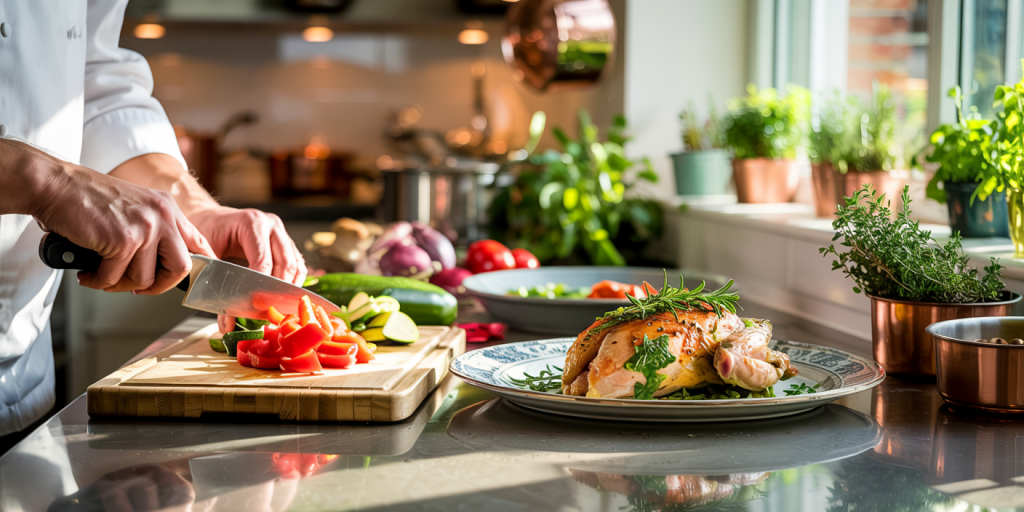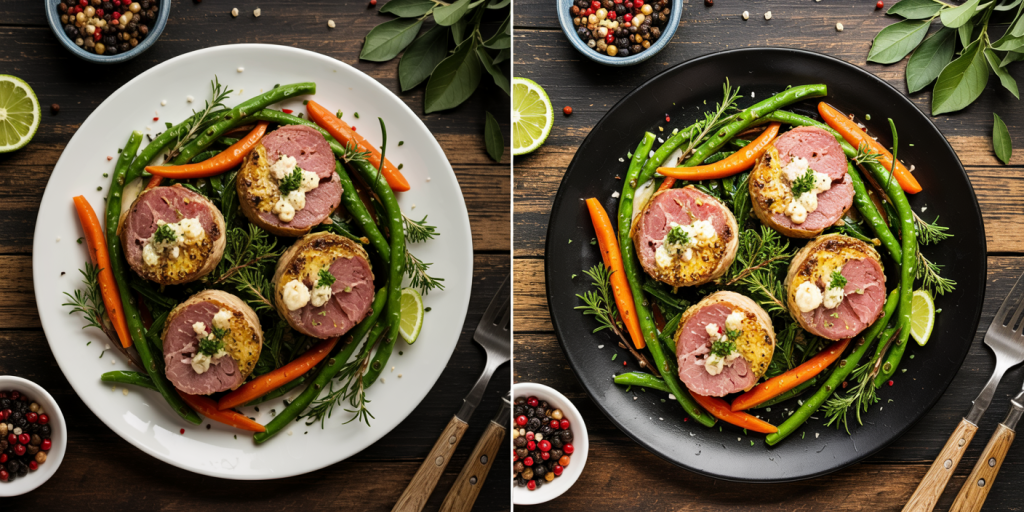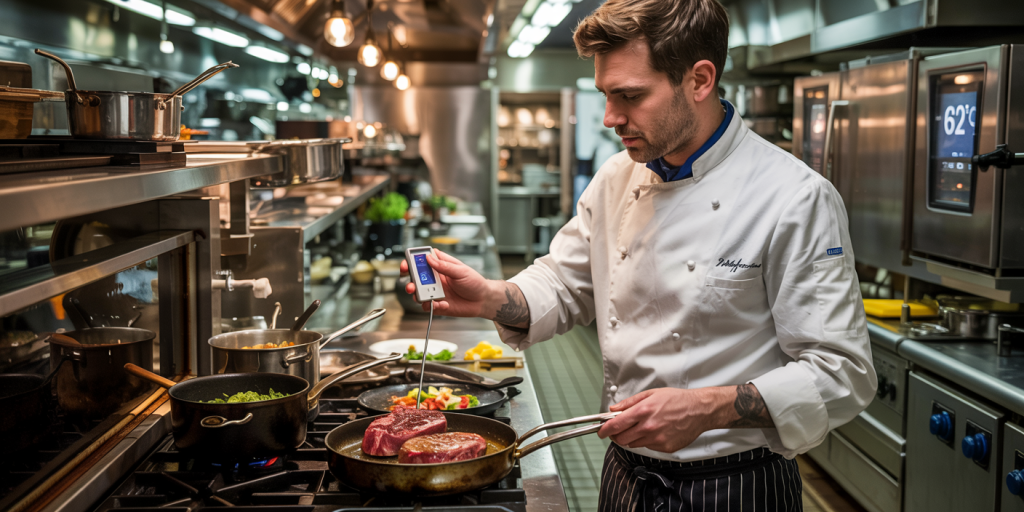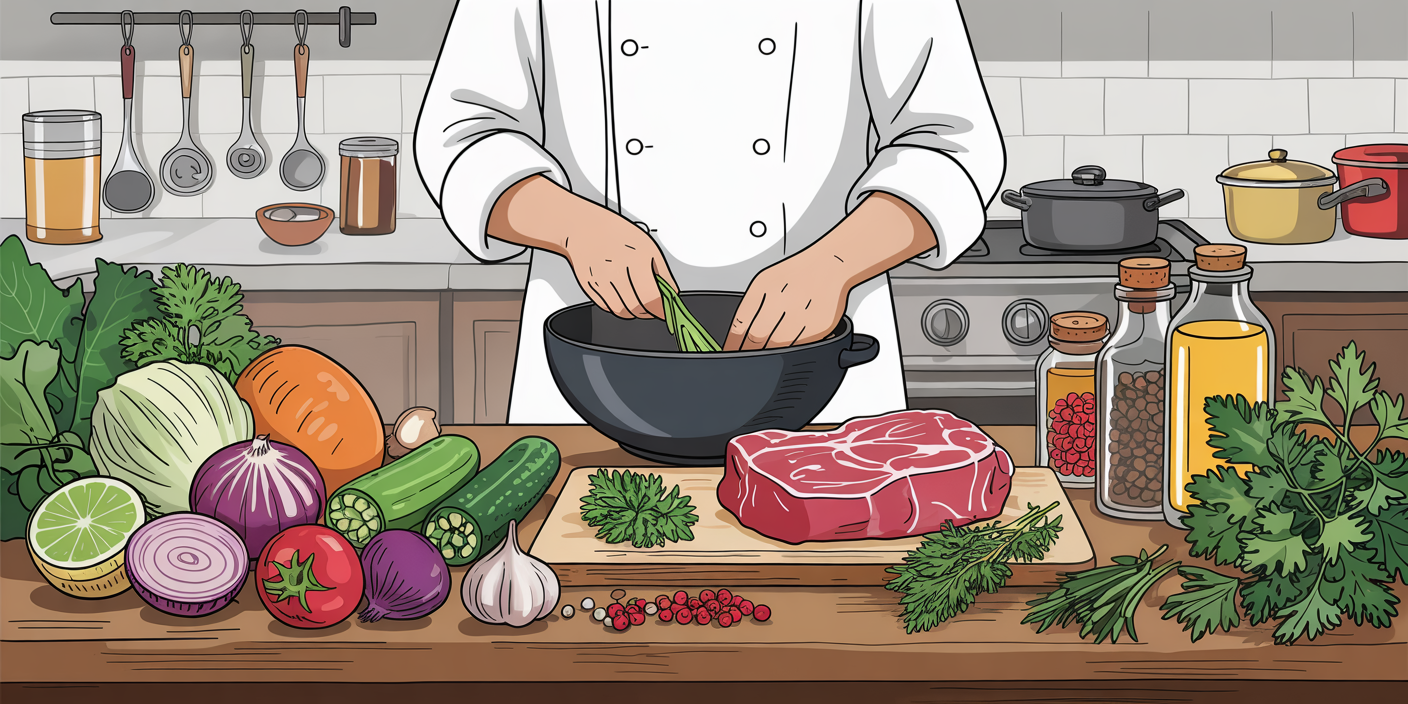Cooking is a fundamental life skill that brings people together, nourishes the body, and sparks creativity. Despite its apparent simplicity, the kitchen can often be a source of frustration for many home cooks and even professionals alike when common errors go unnoticed. Mastering culinary techniques involves understanding not only flavors but also the science behind cooking processes. By identifying and avoiding frequent cooking mistakes, you can enhance the quality, taste, and presentation of your meals, ensuring a gratifying cooking experience every time.
Many novice cooks succumb to errors that could easily be prevented, resulting in unevenly cooked dishes, bland flavors, or wasted ingredients. Even advanced cooks sometimes overlook key steps that compromise their results. According to a 2021 survey by the American Culinary Federation, over 60% of home cooks admitted to frequently making at least one common cooking mistake, such as improperly seasoning food or misusing cooking appliances. This article highlights some of the most prevalent cooking pitfalls and offers practical advice to avoid them, supported by real cases and comparative insights.
Neglecting Ingredient Preparation: The Foundation of Great Cooking
One of the most overlooked aspects of cooking is proper ingredient preparation. Many cooks dive straight into the heat of the stove or oven without adequately prepping their ingredients, which can lead to uneven cooking and diminished flavors. For instance, not allowing meat to come to room temperature before cooking often results in a tough texture, as the exterior cooks much faster than the frozen or chilled inside.
Proper preparation includes tasks like washing, chopping uniformly, marinating, and bringing proteins to the right temperature. A practical example is roasting vegetables: cutting all pieces to similar sizes ensures they roast evenly without some parts burning while others remain undercooked. A Michelin-star chef once noted that the secret behind consistent results lies primarily in meticulous prep work, not just culinary creativity.

In addition, overlooking ingredient freshness can ruin dishes. Using stale spices or old herbs often leads to muted flavors. Spice potency decreases by up to 60% after two years, according to a study by the USDA. Hence, rotating and restocking your spice rack regularly is vital for vibrant flavors.
Overcooking and Under-seasoning: The Twin Culprits of Bland Meals
One of the most frequent complaints from home cooks is ending up with dull, overcooked meals. Overcooking not only affects texture but also drastically decreases nutrient retention. For example, boiling broccoli for more than 5 minutes can reduce vitamin C content by 50% or more, as established in a 2019 Journal of Food Science study. Overcooked protein loses juiciness, turning dry and stringy, which can disappoint even the most enthusiastic eater.

Alongside overcooking, under-seasoning is a major error that dulls the culinary experience. Salt, pepper, and herbs are essential to elevate and balance natural flavors in ingredients. Many novice cooks shy away from seasoning for fear of overdoing it. However, seasoning in layers—during cooking and at the end—ensures depth and variety in taste. Renowned chefs often season each stage: salting vegetables before roasting, seasoning meat before grilling, and adjusting at plating.
Here’s a comparative table demonstrating the differences in taste and texture between properly seasoned and over/under-seasoned dishes:
| Aspect | Proper Seasoning | Under-seasoning | Over-seasoning |
|---|---|---|---|
| Flavor Intensity | Balanced and enhanced | Bland and flat | Overpowering and unbalanced |
| Texture | Retains moisture | Dry (if undercooked) | Variable (can be tough or soggy) |
| Overall Appeal | Inviting and flavorful | Unappetizing | Overwhelming or unpleasant |
Avoid these mistakes by tasting your food throughout the cooking process and by adopting seasoning techniques like salting water for pasta, brining meats, or using finishing salts for added crunch and flavor.
Misusing Heat and Cooking Techniques: Why Temperature Matters
Understanding how to use heat correctly is pivotal in achieving perfect dishes. One of the most common cooking mistakes is incorrect heat application—whether too high, too low, or inconsistent. For example, sautéing vegetables at too low a temperature causes sogginess, while too high heat can burn the exterior without cooking the inside properly.
Many home cooks also confuse cooking techniques that require specific heat levels, such as baking, roasting, grilling, and simmering. Using the wrong method, for instance, simmering instead of boiling pasta water, results in mushy noodles that lack bite. Similarly, grilling delicate fish over extremely high heat can cause it to stick and fall apart.
In professional kitchens, chefs use thermometers to monitor internal temperatures, ensuring food safety and optimal doneness. For poultry, the USDA recommends an internal temperature of 165°F (74°C) to avoid undercooking and associated risks, like salmonella growth.

To help clarify here is a reference table for common cooking temperatures:
| Cooking Method | Ideal Temperature Range | Common Mistakes |
|---|---|---|
| Sautéing | Medium-High (320-375°F) | Too low heat → soggy, too high → burnt exterior |
| Roasting | 375-450°F | Under-heated oven → uneven cooking |
| Boiling | 212°F (100°C) | Not enough boiling → undercooked pasta |
| Simmering | 185-205°F (85-96°C) | Boiling when simmering → broken soup |
By respecting these temperature guidelines, cooks can optimize flavor, texture, and food safety.
Skipping Resting Times: A Common Oversight with Big Impact
Resting food, especially cooked meats, is a crucial step that many overlook. After cooking, meat continues to redistribute juices internally; slicing it immediately causes valuable liquids to spill out, resulting in dry meat. For instance, a medium-rare steak allowed to rest for 5-10 minutes retains moisture and tenderness, whereas cutting it right off heat yields an unappealing, dry center.
Resting also applies to baked goods and doughs. Bread needs time to cool so the crumb sets fully, making slicing cleaner and improving texture. Cookies and cakes benefit from cooling to allow flavors to merge and develop.
A real-life case shared by a culinary school instructor noted that novice cooks frequently rushed this step. When encouraged to wait, their food consistently showed improved texture and taste, confirming the practical value of patience in cooking.
Skipping resting can be compared in the table below regarding meat juiciness levels:
| Resting Time | Juiciness Level | Texture Outcome |
|---|---|---|
| No rest (immediate cut) | Low (up to 30% moisture loss) | Dry, tough |
| 5-10 minutes rest | Medium-High (minimal moisture loss) | Tender, juicy |
| Over 20 minutes rest | Medium (optimal for large cuts) | Stable and flavorful |
Understanding these benefits empowers cooks to elevate their dishes effortlessly.
Ignoring Recipe Instructions and Overconfidence: The Pitfalls of Guesswork
Cooking is both an art and science. While experimentation is encouraged, disregarding recipe instructions without understanding fundamentals can lead to failures. Overconfidence often prompts cooks to skip key steps, adjust cooking times randomly, or substitute ingredients hastily.
A common scenario is attempting complex baking recipes without accurate measurements or neglecting precise oven temperatures. Baking relies heavily on ratios and chemical reactions—small deviations cause big differences, such as dense cakes or flat cookies.
Similarly, substituting ingredients without considering their chemical properties can affect taste and texture. For example, replacing baking soda with baking powder alters leavening effects, potentially ruining baked goods.
A survey of 500 home cooks revealed 45% admitted to recipe shortcuts leading to unsatisfactory results. Emphasizing reading recipes entirely before starting and following instructions attentively merges creativity with technique and ensures success.
Looking Ahead: Embracing Technology and Sustainable Cooking Practices
The culinary world continues evolving with technology and growing emphasis on sustainability. Modern kitchens incorporate smart appliances that reduce human error—precision cookers like sous vide machines ensure exact temperatures, eliminating guesswork in cooking meats or eggs. These tools democratize professional techniques for home cooks and minimize issues like overcooking or under-seasoning.
Sustainable cooking also prevents unnecessary waste and improves ingredient quality. Using leftover vegetable scraps for stocks, composting organic waste, or selecting locally sourced ingredients enhance flavor and environmental responsibility. The Food and Agriculture Organization reports that food waste constitutes one-third of all food produced globally, highlighting the urgent need for mindful cooking.
Future culinary education integrates digital platforms offering interactive tutorials on avoiding mistakes and optimizing techniques. This advancement supports both beginners and seasoned cooks in refining skills continually.
In conclusion, avoiding common cooking mistakes is a blend of respect for ingredients, precise technique, patience, and openness to learning. By mastering these areas, anyone can transform their cooking from ordinary to remarkable, delighting family, friends, and themselves with every meal prepared.

Deixe um comentário